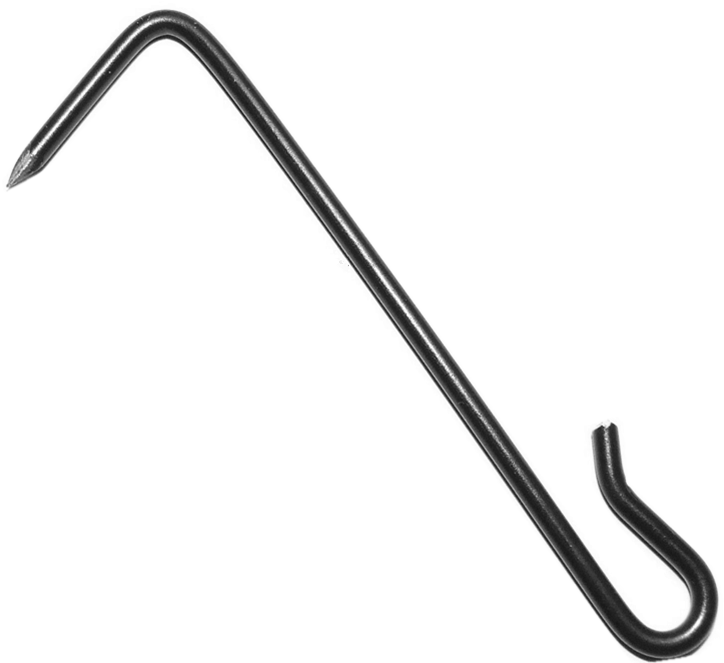
- Mobile Phone
- +8613931874955
- sales@cntcmetal.com
steel compression springs
Understanding Steel Compression Springs Design, Applications, and Advantages
Steel compression springs are essential mechanical elements used in various applications ranging from industrial machinery to everyday products. Their primary function is to store energy, absorb shock, and maintain force in a wide range of scenarios. This article delves into the characteristics, design considerations, applications, and advantages of steel compression springs.
What are Steel Compression Springs?
Steel compression springs are coiled forms of steel designed to resist compressive forces. When a compressive force is applied, these springs compress, storing potential energy until they are released. The coil design allows these springs to return to their original shape once the load is removed, making them a reliable solution for numerous mechanical functions.
Design Considerations
The design of a steel compression spring is crucial for optimizing its performance. Several factors need to be taken into account
1. Material Selection The choice of steel is critical as it affects strength, durability, and flexibility. Common materials include carbon steel, stainless steel, and alloy steel. Each type offers unique properties, such as corrosion resistance or high tensile strength, making them suitable for specific applications.
2. Wire Diameter The diameter of the wire used in the spring impacts its load-bearing capacity and stiffness. Thicker wires can withstand heavier loads but may also increase the weight of the spring.
3. Spring Diameter The outer diameter of the spring influences the space it occupies and its compatibility with other components. A well-designed spring must fit seamlessly within the intended assembly.
4. Coil Count and Pitch The number of coils and the spacing between them affect how much the spring can compress. A higher number of coils can lead to more flexibility and lower stiffness, while fewer coils can enhance the spring's rigidity.
5. End Types The ends of the spring can be designed in various ways, including flat ends, rounded ends, or closed ends, to ensure better loading and unloading dynamics. The choice often depends on the application and mounting requirements.
Applications of Steel Compression Springs
steel compression springs

Steel compression springs find applications across a wide range of industries
- Automotive Used in shock absorbers and throttle controls, compression springs are vital for vehicle performance and comfort. - Electronics These springs are employed in devices such as switches and keyboards, where they provide tactile feedback and maintain pressure. - Medical Devices In medical equipment, steel compression springs ensure the functionality of various mechanisms such as syringes and patient monitoring devices. - Manufacturing Industrial machinery relies on compression springs to operate effectively, serving in items like conveyor systems and assembly line equipment. - Consumer Products From pens to mattresses, compression springs play an integral role in everyday items by providing necessary function and comfort.
Advantages of Steel Compression Springs
Choosing steel compression springs offers several advantages that make them a preferred option for engineers and manufacturers
1. High Strength and Durability Steel springs are known for their robustness, making them capable of handling significant stress and wear over time. This durability translates into a longer operational lifespan.
2. Versatility With a wide range of sizes, shapes, and configurations available, steel compression springs can be customized to meet specific needs of various applications.
3. Cost-Effectiveness Steel is relatively inexpensive compared to other materials, which can make steel compression springs a cost-effective choice without sacrificing quality and performance.
4. Consistent Performance Steel compression springs are designed to provide predictable and repeatable performance, which is essential in engineering applications where reliability is critical.
5. Resistance to Deformation Given their design and material properties, steel compression springs are less prone to permanent deformation under load, ensuring they maintain their functionality over time.
Conclusion
Steel compression springs are integral components in modern mechanical design, offering a unique combination of strength, flexibility, and reliability. Their versatility allows them to be utilized in numerous applications across various industries. By understanding their design considerations and advantages, engineers can effectively incorporate steel compression springs into their projects, ensuring optimal performance and durability. As industries continue to evolve and develop new technologies, the demand for high-quality compression springs will undoubtedly persist, making them a cornerstone of mechanical engineering.
share:
-
The Ultimate Solution for Display Needs: Wire Grid PanelsNewsMay.06,2025
-
The Ultimate Guide to Galvanized Steel WireNewsMay.06,2025
-
Iron Binding Wire: The Ideal Solution for Your NeedsNewsMay.06,2025
-
Explore the Strength and Versatility of Galvanized Welded Wire FabricNewsMay.06,2025
-
Discover the Durability and Versatility of PVC Galvanized WireNewsMay.06,2025
-
Discover Quality China Stainless Steel Wire MeshNewsMay.06,2025
-
Understanding Wall Ties: Types and ImportanceNewsApr.28,2025



















